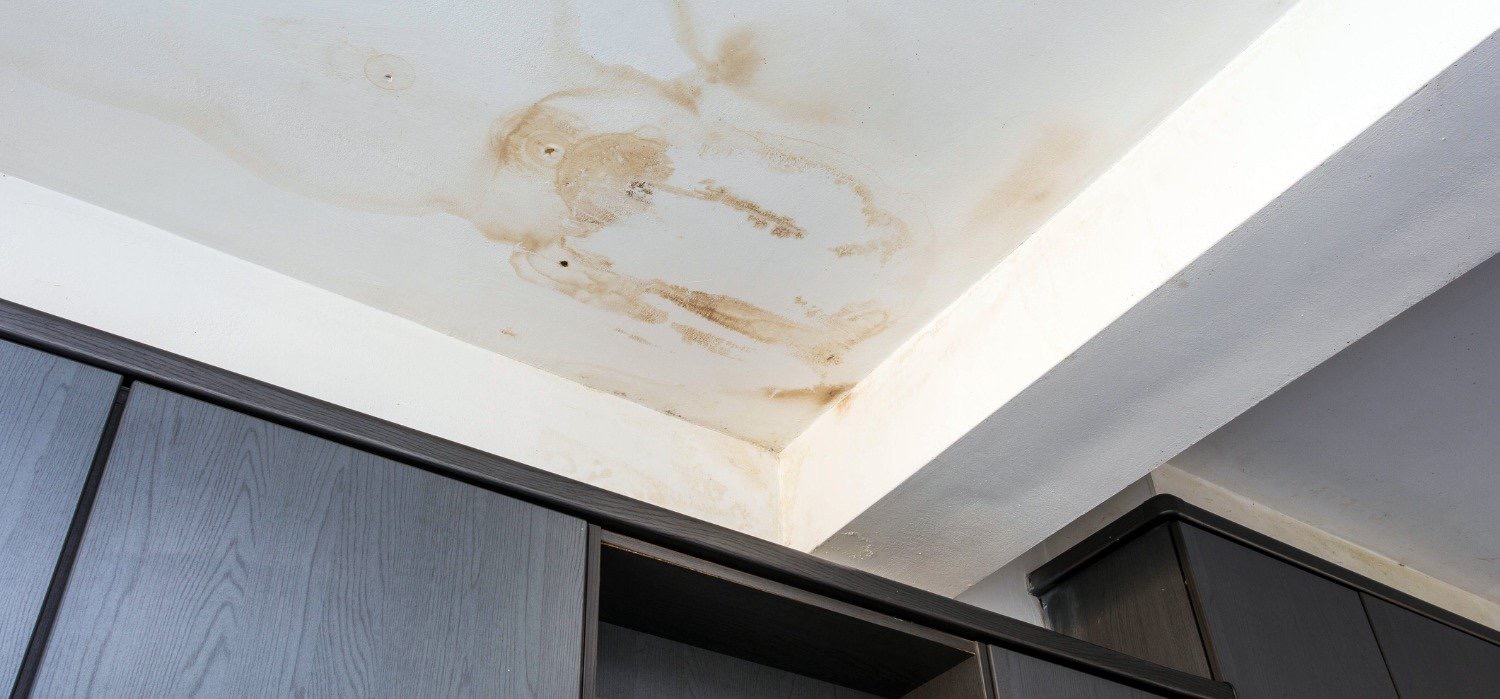

Articles
Why Does My Attic Have Condensation
Modified: August 17, 2024
Discover why your attic is experiencing condensation issues and learn how to prevent it with our informative articles.
(Many of the links in this article redirect to a specific reviewed product. Your purchase of these products through affiliate links helps to generate commission for Storables.com, at no extra cost. Learn more)
Introduction
Welcome to your comprehensive guide on understanding and addressing the issue of condensation in your attic. If you have ever wondered why your attic is collecting moisture or noticed droplets forming on the ceiling or walls, you are not alone. Attic condensation is a common problem that many homeowners face, and it can lead to various issues if left untreated.
Condensation occurs when warm, moist air comes into contact with a cold surface, causing the moisture in the air to turn into liquid form. The attic is particularly susceptible to condensation due to its location and lack of proper ventilation. This can lead to a host of problems, from mold growth and rotting wood to damage to insulation and structural integrity.
In this article, we will explore the causes of condensation in the attic, the signs to look out for, the potential damages it can cause, and most importantly, how to prevent and address this issue effectively. By understanding the underlying factors and taking appropriate measures, you can ensure a dry and healthy attic for your home.
So, let’s dive into the details and equip you with the knowledge needed to tackle attic condensation head-on.
Key Takeaways:
- Attic condensation is caused by warm, moist air meeting cold surfaces, leading to mold, structural damage, and health hazards. Proper ventilation, insulation, and moisture control are crucial for prevention.
- Signs of attic condensation include water droplets, mold growth, and deteriorating insulation. Addressing existing issues requires identifying the source, improving ventilation, and maintaining the attic environment.
What Causes Condensation in the Attic
Condensation in the attic is primarily caused by the combination of warm, moist air and cool surfaces. When warm air rises from the lower levels of your home and reaches the attic, it comes in contact with the colder surfaces, such as the roof deck and walls. As a result, the moisture in the air condenses and forms droplets. Several factors contribute to the presence of excess moisture in the attic:
- Inadequate ventilation: Proper ventilation is crucial to maintaining a balanced airflow in the attic. Without sufficient airflow, the moist air becomes trapped and increases the likelihood of condensation. Inadequate ventilation can be caused by a lack of vents, blocked soffit vents, or improper installation of insulation that restricts airflow.
- Excessive moisture sources: Moisture can be generated within the home through everyday activities such as cooking, bathing, and doing laundry. If the moisture is not properly vented out of the house, it can seep into the attic and contribute to condensation. Additionally, plumbing leaks, roof leaks, or poor insulation can introduce excess moisture into the attic.
- Differential temperature: A significant temperature difference between the inside of the house and the attic can lead to condensation. During winter months, when the attic is cooler than the heated interior, warm air escaping into the attic can cause condensation to form.
Understanding the underlying causes of attic condensation is crucial in effectively addressing the issue. By identifying and rectifying these factors, you can significantly reduce the risk of condensation and the associated problems.
Common Signs of Attic Condensation
Identifying attic condensation in its early stages is essential to prevent further damage and address the issue promptly. Here are some common signs that indicate the presence of condensation in your attic:
- Water droplets: One of the most obvious signs of attic condensation is the presence of water droplets on the walls, ceiling, or any exposed surfaces. These droplets may form in a consistent pattern or sporadically, depending on the severity of the condensation.
- Mold and mildew: Excessive moisture in the attic creates an ideal environment for mold and mildew to thrive. If you notice musty odors or black, green, or brown patches of mold or mildew growth on surfaces or around insulation, it is a clear indication of attic condensation.
- Deteriorating insulation and wood: Condensation can cause insulation materials to become wet and lose their effectiveness. Wet insulation may appear discolored, compressed, or sagging. Additionally, condensation can lead to wood rot, making wooden components in the attic, such as beams and trusses, weak and compromised.
- Stains or discoloration: Water stains or discoloration on the ceiling or walls of the rooms below the attic may indicate that condensation is occurring in the attic. These stains may vary in color, ranging from yellowish-brown to dark brown or black.
- Persistent humidity: High humidity levels in the attic, even when the rest of the house is properly ventilated, may be a telltale sign of condensation. Excessive moisture in the air can make the attic feel damp or muggy.
If you come across any of these signs, it’s important not to ignore them. Ignoring attic condensation can lead to more severe problems down the line, such as structural damage and health hazards. Taking immediate action to address the issue will save you time, money, and potential headaches.
Potential Damage Caused by Attic Condensation
Attic condensation can wreak havoc on your home if left unaddressed. The excess moisture can lead to a range of damaging effects, including:
- Mold and mildew growth: Moisture in the attic provides an ideal breeding ground for mold and mildew. These fungi can spread quickly and release spores that may cause respiratory issues and allergies in occupants of the home. Prolonged exposure to mold can also lead to more serious health complications.
- Structural damage: Over time, condensation can cause the wooden components in the attic, such as beams, trusses, and joists, to weaken and rot. This can result in compromised structural integrity, potentially leading to sagging roofs, ceiling collapses, and other hazards.
- Insulation degradation: Moisture can severely damage insulation materials, rendering them less effective in regulating temperature and reducing energy efficiency. Wet or compressed insulation loses its thermal resistance, contributing to increased heating and cooling costs.
- Damage to belongings: If your attic is used for storage, condensation can ruin your belongings. Moisture can deteriorate items such as clothing, documents, furniture, and photographs.
- Electrical issues: Excessive moisture in the attic can pose a risk to electrical systems. It may lead to corroded wiring, short circuits, and even electrical fires.
- Aesthetic issues: Water stains and discoloration caused by condensation can be unsightly, affecting the appearance of ceilings, walls, and other surfaces in your home.
Considering the potential damage that can arise from attic condensation, it is essential to take preventive measures and address any existing condensation issues promptly. By doing so, you can protect your health, preserve the integrity of your home, and avoid costly repairs in the future.
Ensure proper ventilation in the attic to reduce condensation. Install soffit and ridge vents, use exhaust fans, and seal any air leaks to maintain a consistent temperature and prevent moisture buildup.
Tips for Preventing Attic Condensation
Prevention is key when it comes to combating attic condensation. By implementing the following tips and practices, you can significantly reduce the risk of excess moisture and condensation in your attic:
- Ensure proper ventilation: Adequate airflow is crucial to prevent moisture buildup in the attic. Install roof and soffit vents to allow air to circulate freely. Consider investing in a powered attic ventilator (PAV) to enhance ventilation if needed.
- Seal air leaks: Seal any gaps, cracks, or holes in the attic that allow warm, moist air to enter. Pay attention to areas around chimneys, plumbing, electrical penetrations, and ductwork. Use caulk or weatherstripping to seal these openings effectively.
- Insulate the attic: Proper insulation helps regulate temperature variations between the interior and attic. Insulate the attic floor to prevent warm air from reaching the cooler surfaces. Use insulation with a vapor barrier to minimize the chances of moisture seepage.
- Use vapor barriers: Install vapor barriers on the warm side of the insulation to prevent moisture-laden air from reaching the cooler surfaces. Be sure to follow local building codes and guidelines for proper vapor barrier installation.
- Control indoor humidity: Use exhaust fans while cooking, bathing, or running the dishwasher to remove excess moisture. Consider using a dehumidifier in areas of high humidity, such as basements, to control the overall moisture levels in your home.
- Regularly inspect and maintain the roof: Keep your roof in good condition by checking for any signs of damage or leaks regularly. Replace worn-out or damaged shingles promptly to prevent water infiltration into the attic.
- Clean gutters and downspouts: Ensure that gutters and downspouts are clear of debris to allow proper water drainage. Buildup of debris can cause water to back up and seep into the attic, increasing the risk of condensation.
- Monitor attic humidity levels: Consider installing a hygrometer in your attic to monitor humidity levels regularly. Aim to maintain humidity levels below 50% to prevent excess moisture buildup.
By following these preventative measures, you can create a healthier environment in your attic and minimize the chances of condensation. Remember, prevention is always better than having to deal with the consequences of attic condensation.
Read more: Why Does My Attic Creak
Addressing Existing Attic Condensation Issues
If you have already noticed signs of condensation in your attic, it’s essential to take immediate action to address the issue and prevent further damage. Here are some steps you can take to tackle existing attic condensation problems:
- Identify the source: Start by identifying the root cause of the condensation. Check for any leaks from the roof, plumbing, or HVAC systems that may be contributing to excess moisture in the attic. Address these issues promptly to prevent further moisture buildup.
- Improve ventilation: Ensure that your attic ventilation system is working correctly. Clear any blockages in the vents or soffits and confirm that they are properly installed. Consider adding additional vents or powered attic ventilation (PAV) fans if necessary.
- Remove mold and mildew: If you notice mold or mildew growth in your attic, it’s crucial to remove it as soon as possible. Wear protective gear, such as gloves and a mask, and use an appropriate cleaning solution to clean affected areas. Consider consulting with a professional if the growth is widespread or extensive.
- Improve insulation: Inspect the insulation in your attic and ensure that it is properly installed and in good condition. Replace any damaged or compressed insulation to restore its effectiveness. Consider consulting with an insulation specialist for recommendations on the most suitable insulation materials for your attic.
- Seal air leaks: Identify and seal any air leaks in the attic to prevent warm, moist air from entering. Use caulk or weatherstripping to seal gaps around electrical penetrations, plumbing, and vents. By reducing the entry of humid air, you can minimize condensation occurrence.
- Monitor and maintain: Regularly monitor the humidity levels in your attic using a hygrometer. Maintain humidity levels below 50% to discourage condensation. Perform routine inspections of your attic to check for any signs of moisture or damage and address them promptly.
Addressing existing attic condensation issues may require some time and effort, but it is crucial to prevent further damage and ensure a healthy living environment. If you are unsure or uncomfortable with performing the necessary repairs or maintenance yourself, consider seeking professional help from a roofing contractor, insulation specialist, or mold remediation expert.
Remember, every homeowner’s situation may be unique, so it’s important to assess your specific attic conditions and consult with professionals if needed. By taking the appropriate steps and addressing existing issues, you can effectively combat attic condensation and maintain a dry and healthy attic space in your home.
Conclusion
Attic condensation can be a frustrating and potentially damaging issue for homeowners. However, with the right knowledge and proactive measures, you can effectively prevent and address this problem. By understanding the causes of condensation, recognizing the signs, and taking preventive steps, you can maintain a dry and healthy attic environment.
Proper ventilation is crucial in preventing attic condensation. Ensure that your attic has adequate airflow, with properly installed roof and soffit vents to allow for ventilation. Sealing air leaks and improving insulation can also help regulate temperature and minimize the chances of moisture buildup. Regularly monitoring humidity levels in the attic and promptly addressing any leaks or potential sources of moisture are essential practices to combat condensation.
If you already have attic condensation issues, it’s important to identify the root cause and take action promptly. This may involve improving ventilation, removing mold and mildew, improving insulation, and sealing air leaks. Regular maintenance and monitoring will help prevent further damage and ensure a healthy living environment.
Remember that every home is different, and it’s essential to assess your particular attic conditions and consult with professionals if needed. They can provide expert guidance and assistance in addressing attic condensation effectively.
By implementing the tips and strategies outlined in this guide, you can protect your home from the harmful effects of attic condensation. A dry and healthy attic not only preserves your property but also contributes to the overall well-being of your household.
So take action today and safeguard your attic from condensation-related issues. With proper prevention and maintenance, you can enjoy peace of mind and avoid the costly and time-consuming repairs that can arise from attic condensation.
Frequently Asked Questions about Why Does My Attic Have Condensation
Was this page helpful?
At Storables.com, we guarantee accurate and reliable information. Our content, validated by Expert Board Contributors, is crafted following stringent Editorial Policies. We're committed to providing you with well-researched, expert-backed insights for all your informational needs.
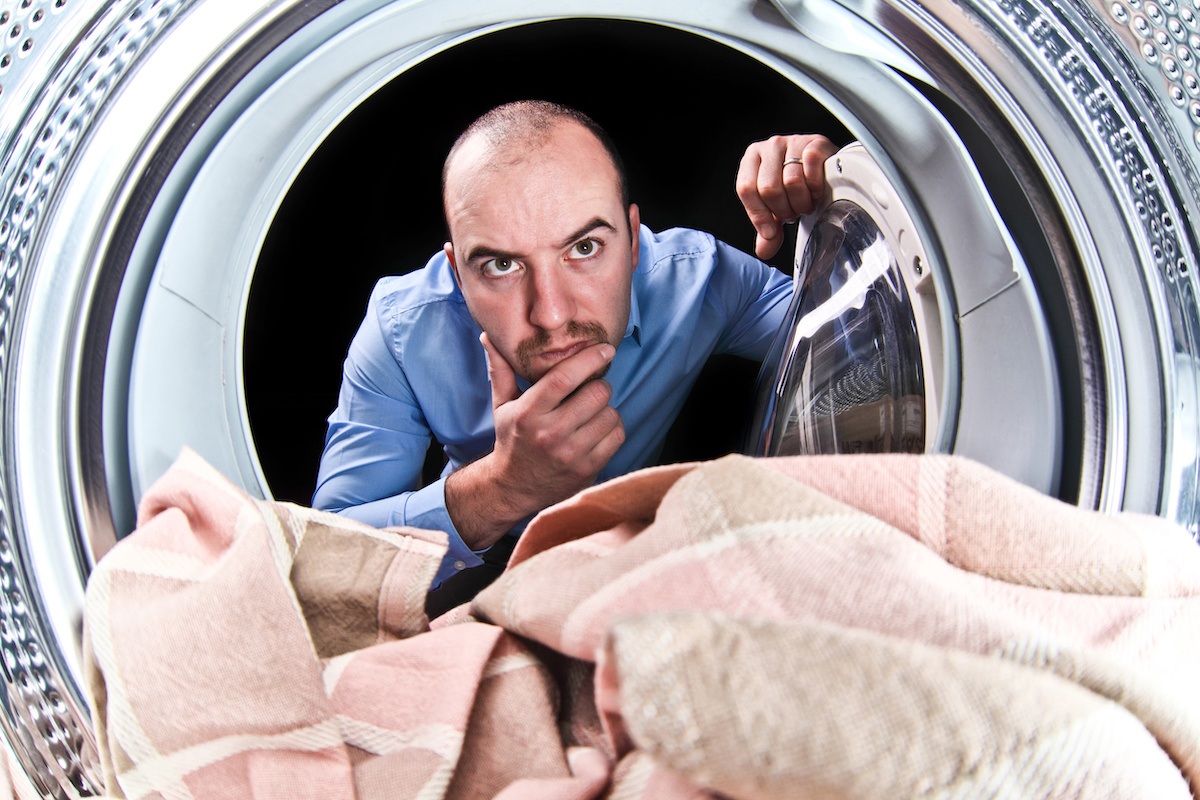

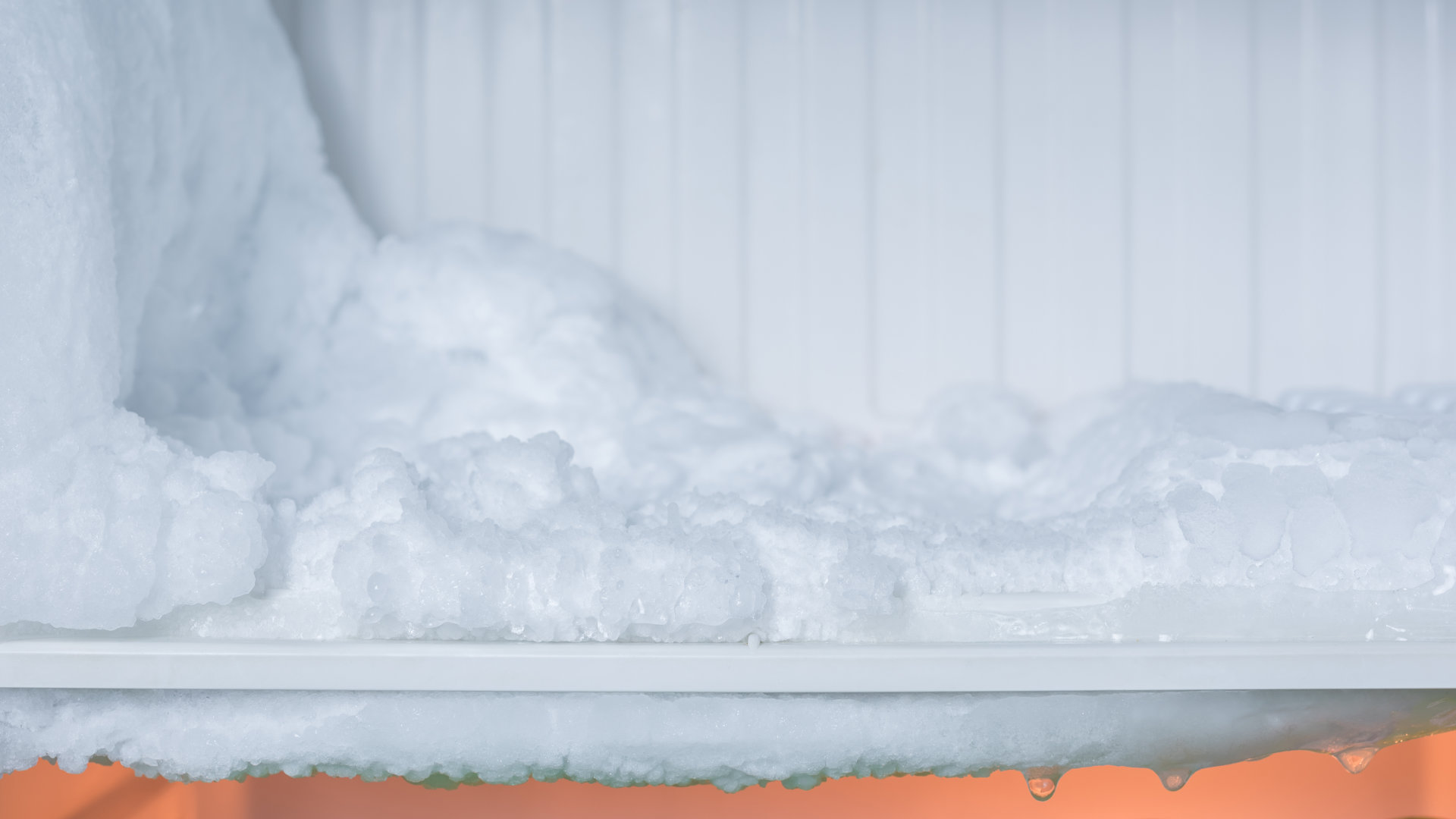
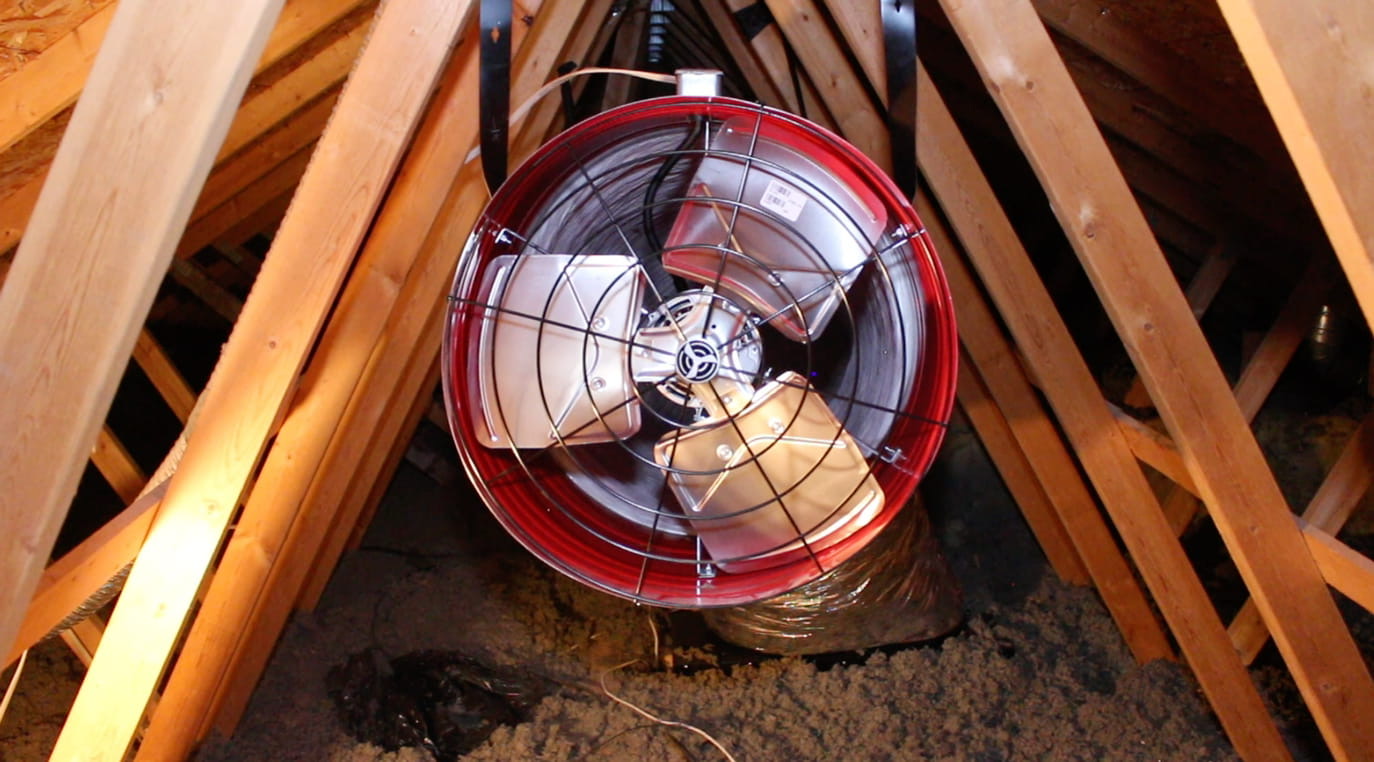

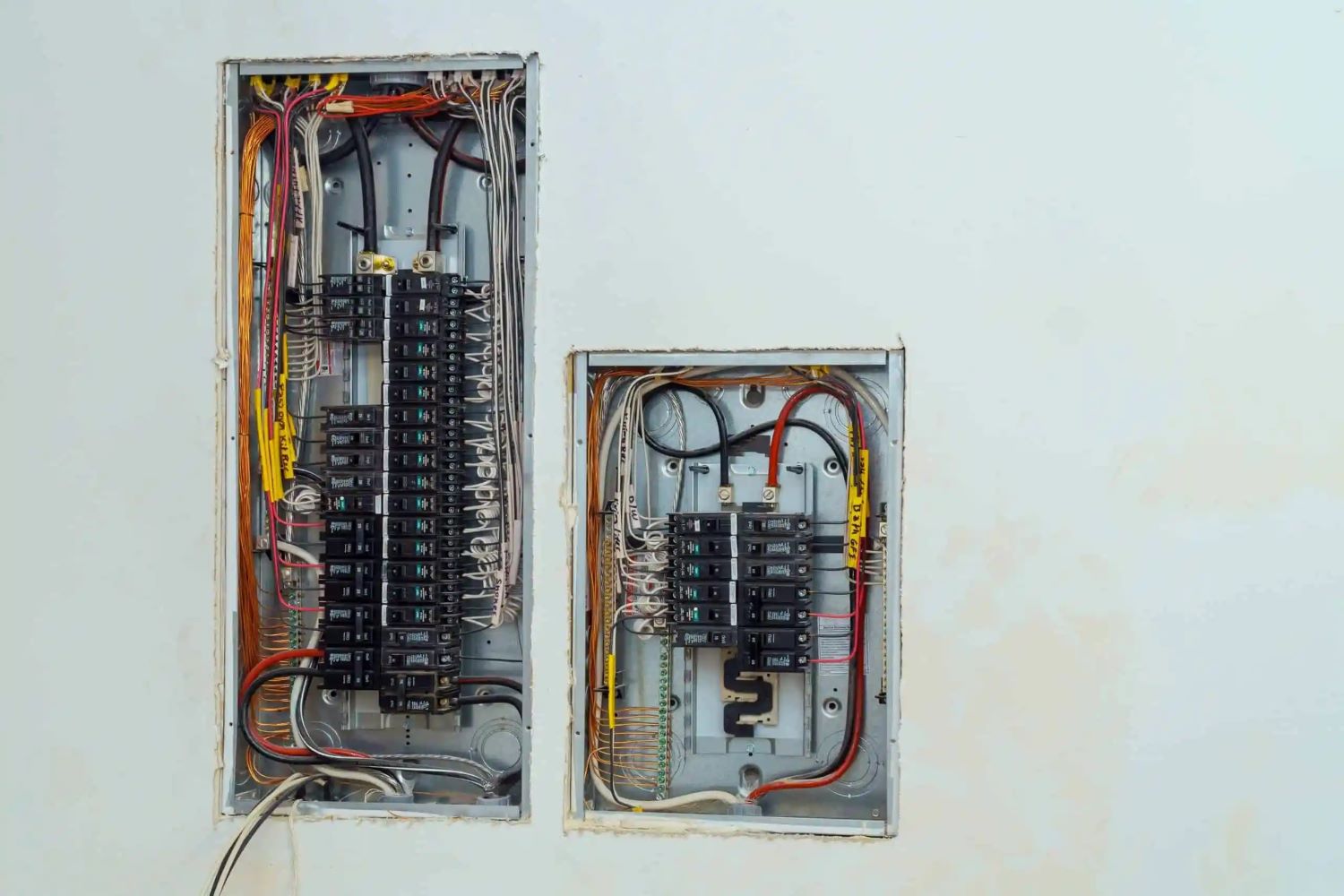
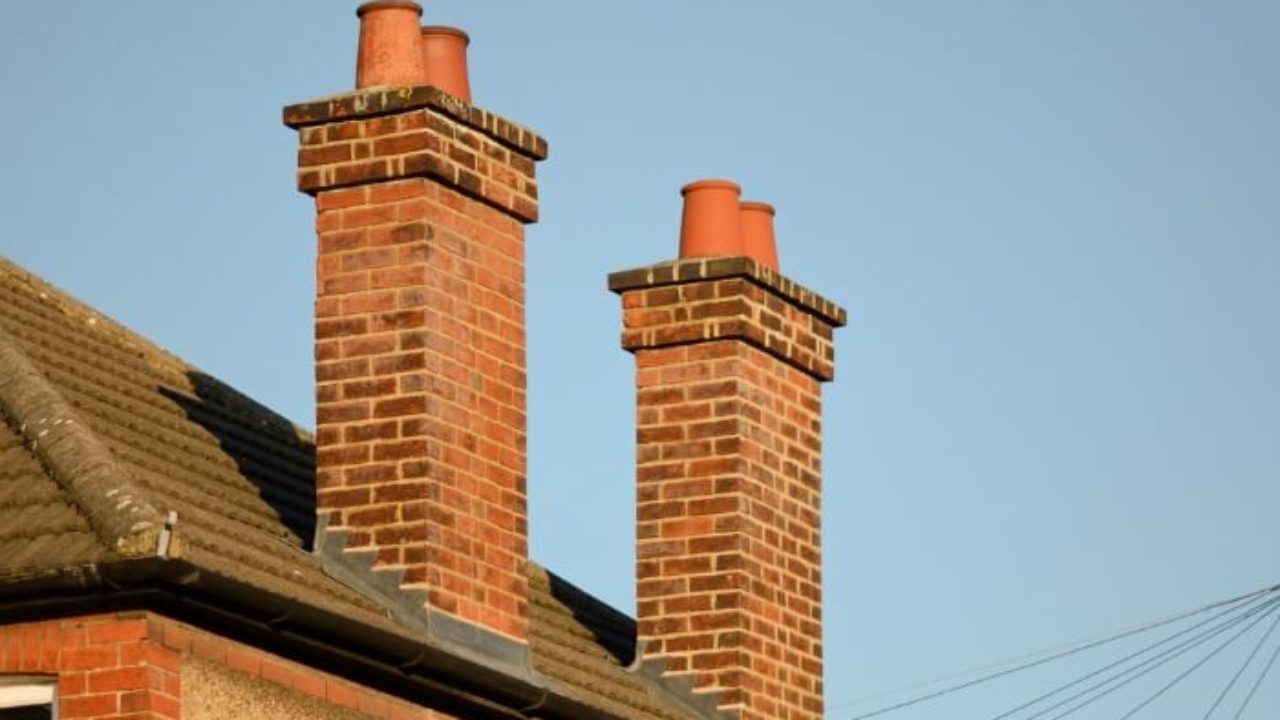
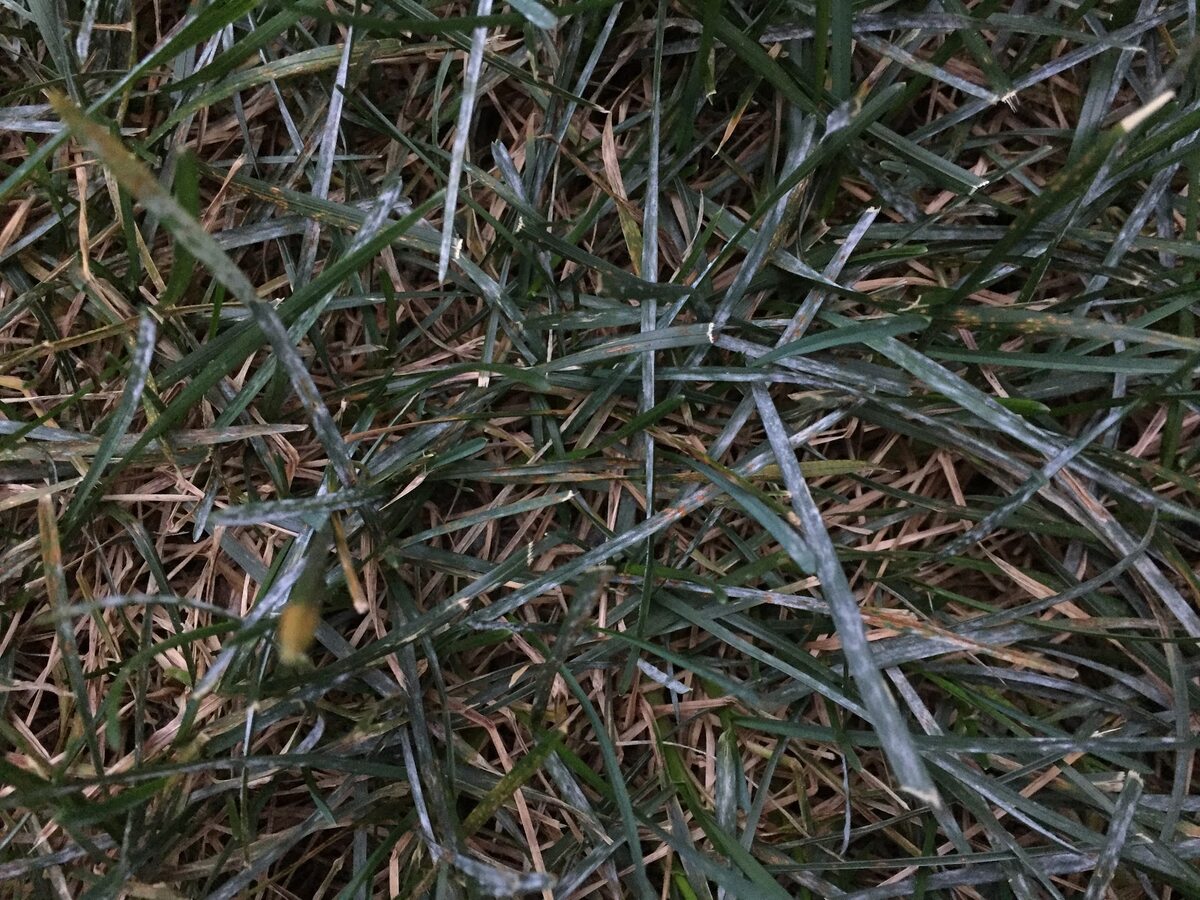
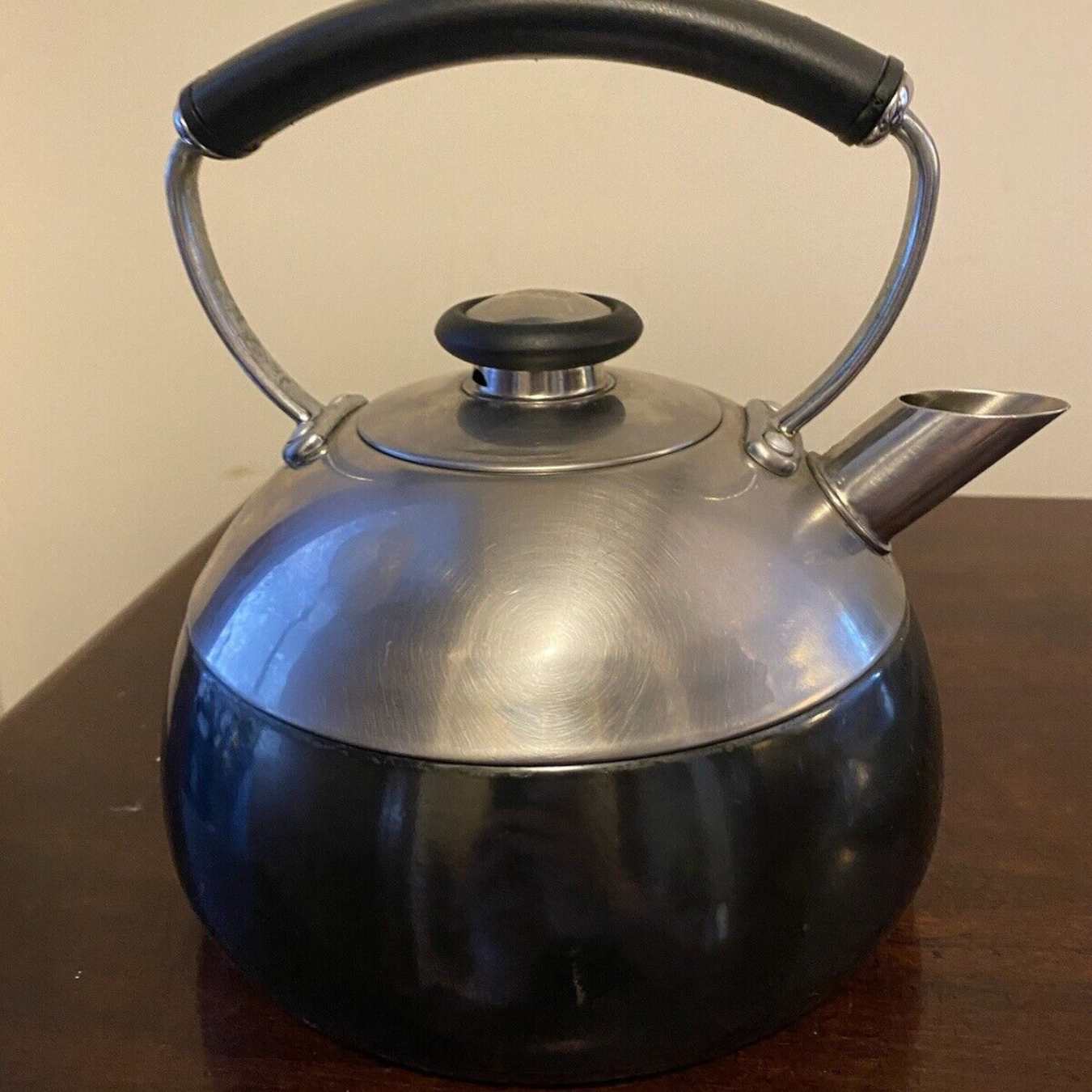

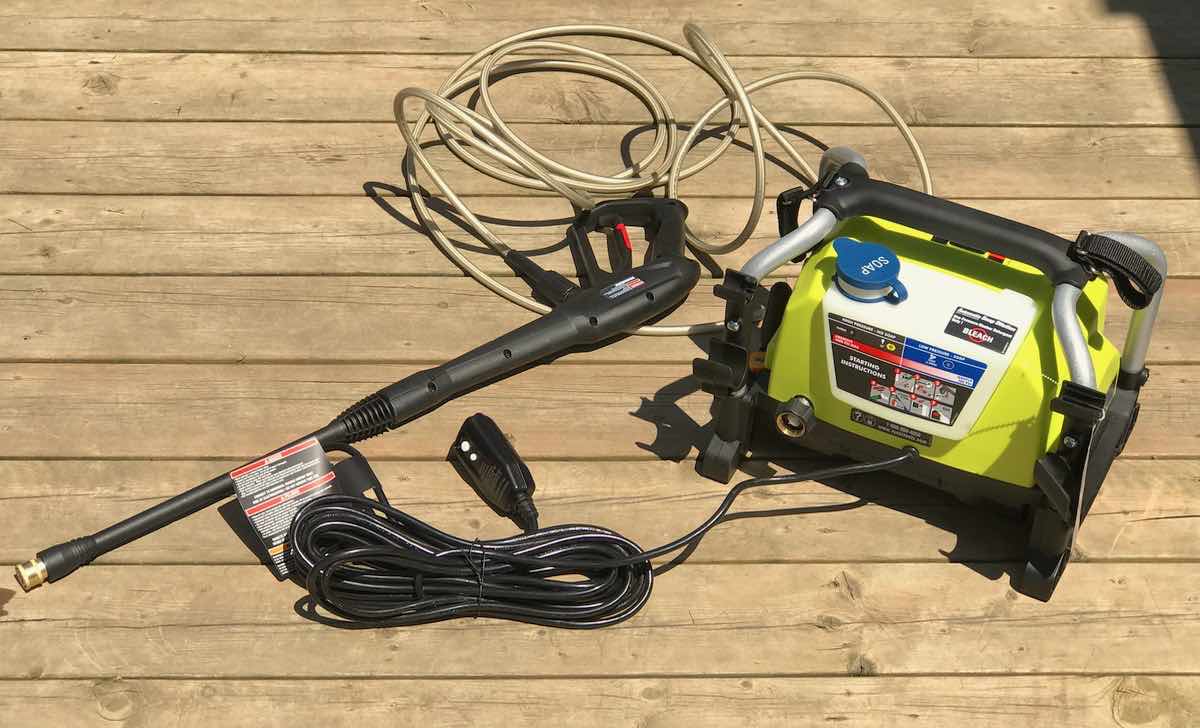
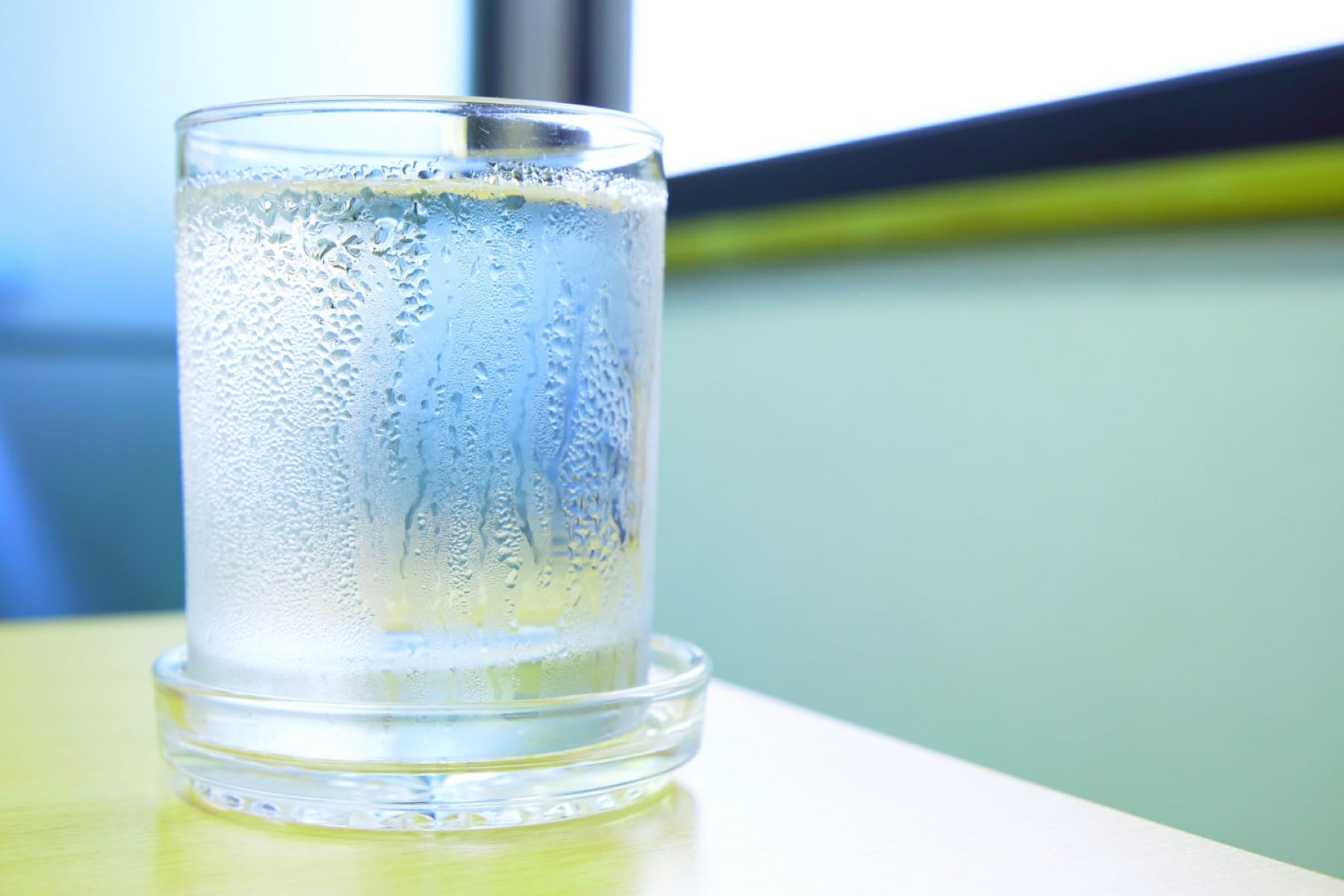
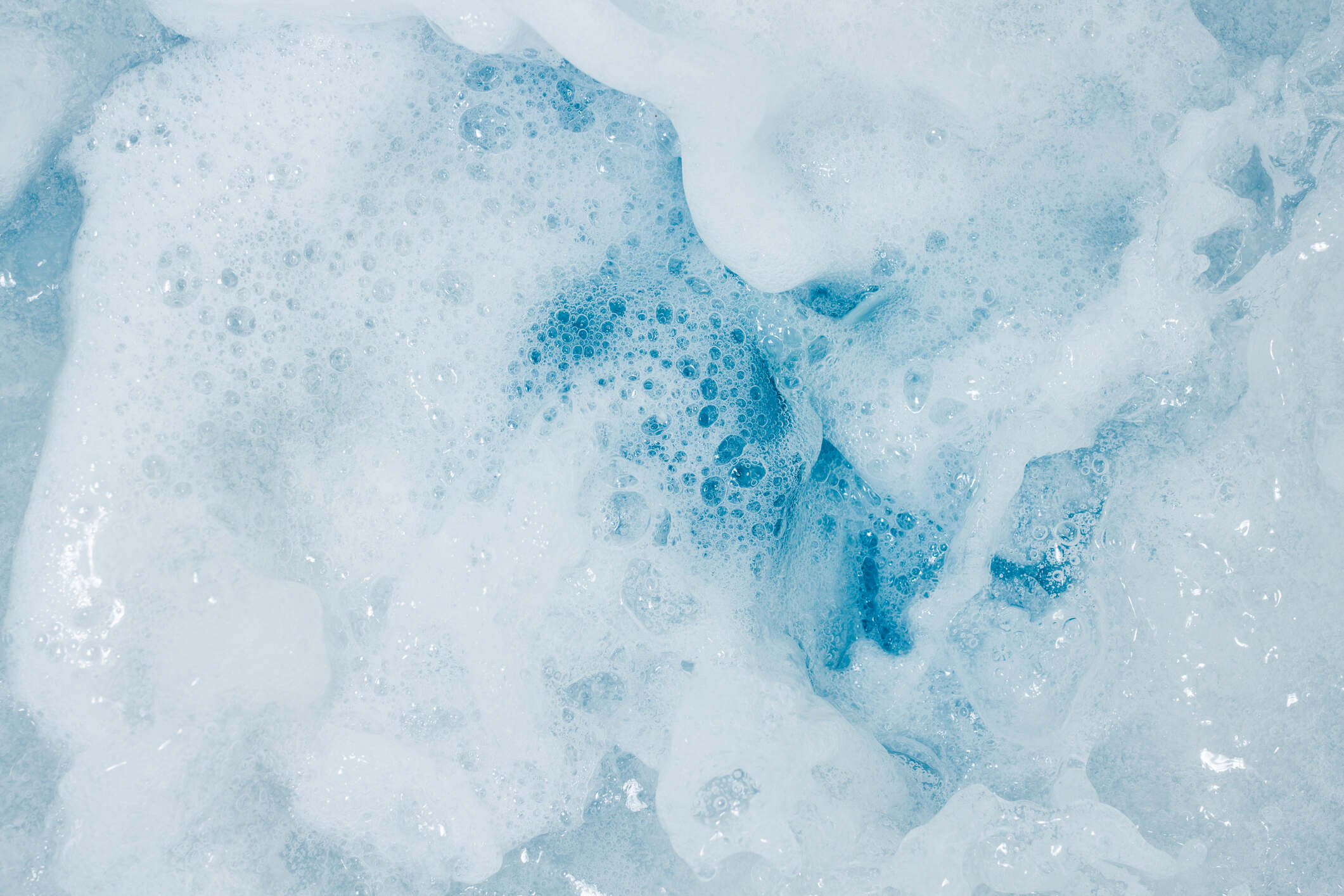


0 thoughts on “Why Does My Attic Have Condensation”